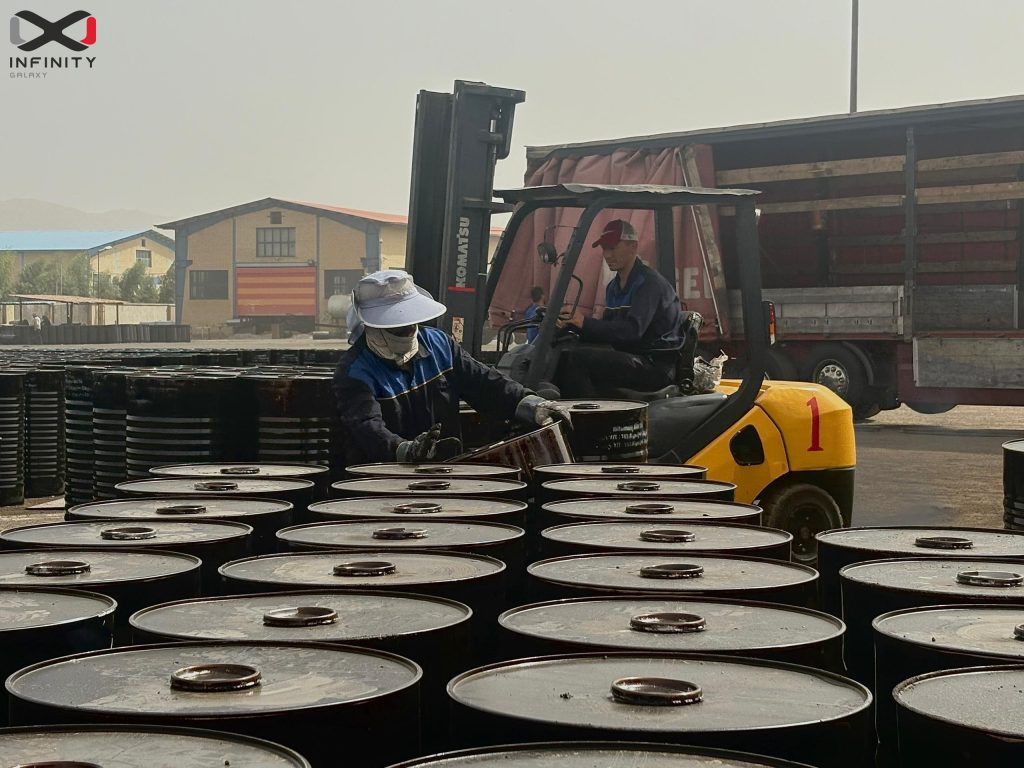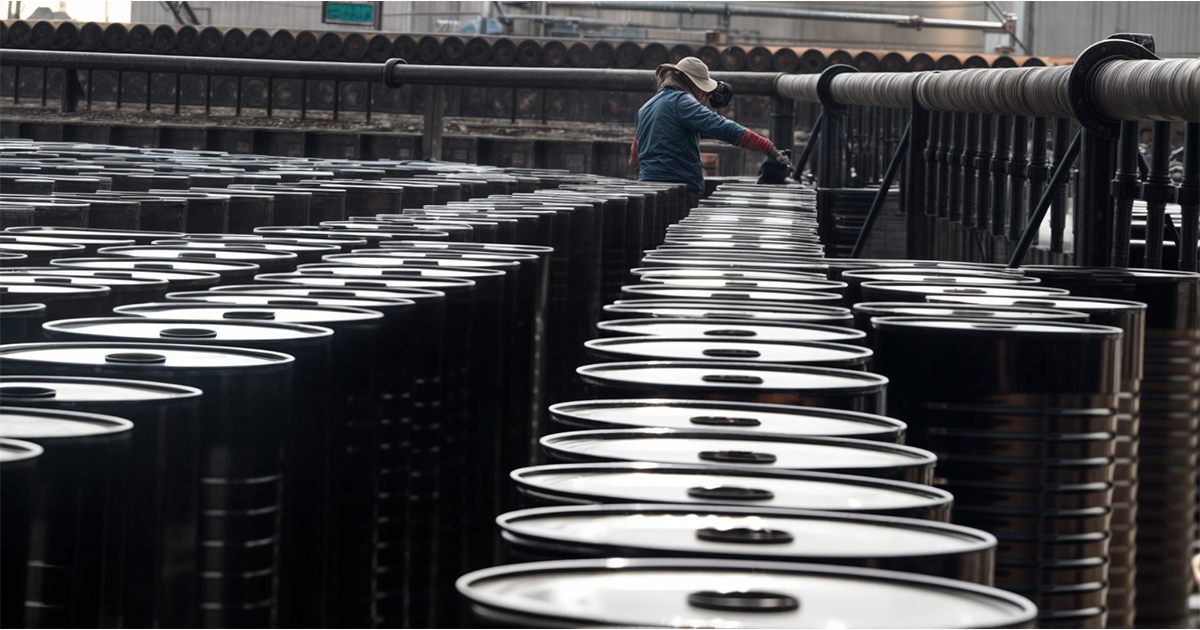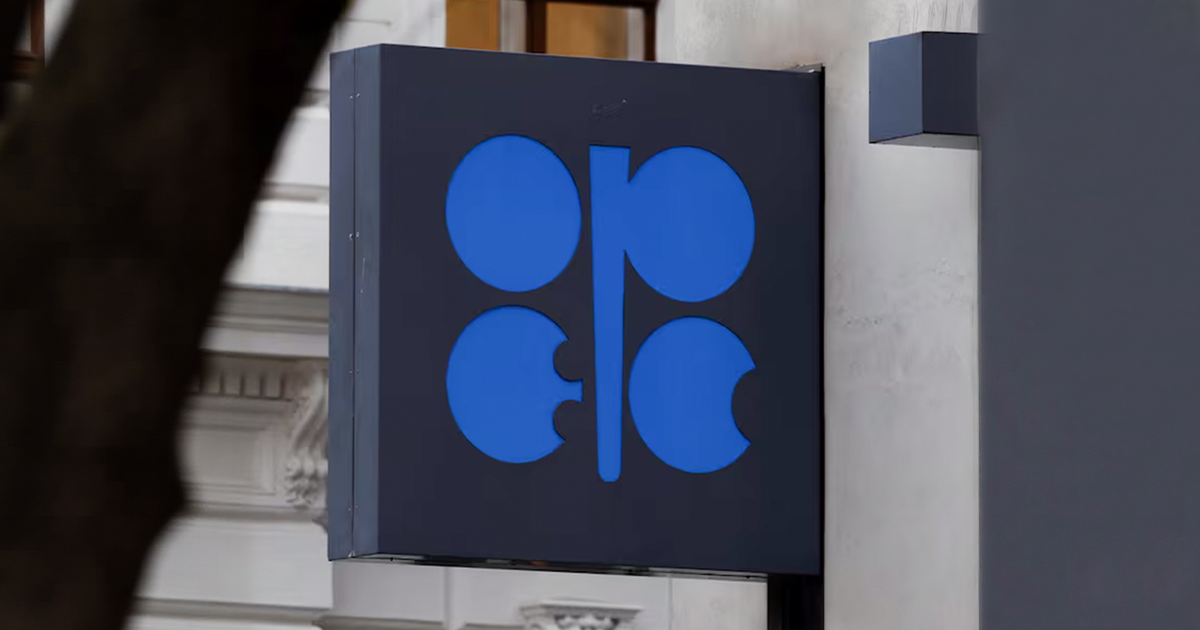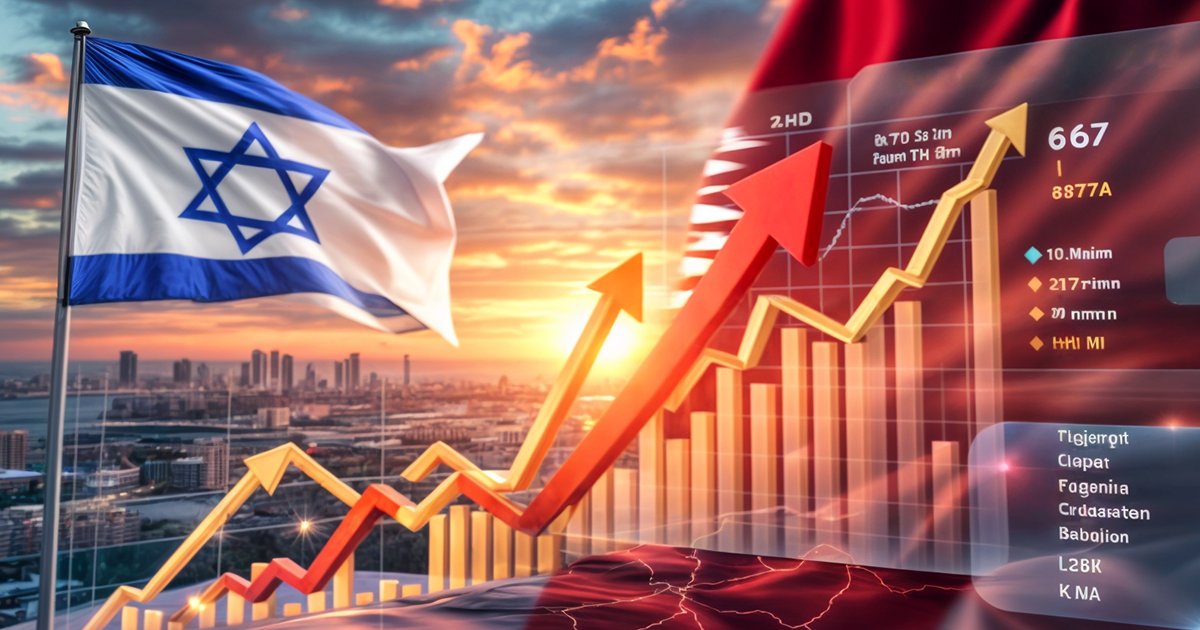Weekly Bitumen Report: Sanctions Return, U.S. Government Shutdown: Which Direction Will Shape the Future of Market?

The Political and Economic Developments of the Week
On September 29, Donald Trump, along with Benjamin Netanyahu, proposed a 20-point peace plan to end the war in Gaza. This plan includes the immediate ceasefire, release of prisoners and hostages, Hamas disarmament, and the establishment of a temporary international stabilization force in Gaza. Trump warned Hamas to admit this plan within 3-4 days, otherwise, they face a “painful end”. This ultimatum intensified the tension in the Middle East and demonstrated that the Gaza crisis has extended not only to the battlefield but also to the arena of global diplomacy.
On September 28, the Snapback Mechanism was activated against Iran, and the U.N. sanctions were reimposed on Iran. In response, Tehran recalled its ambassadors from three European countries, and at the same time, new pressure emerged on the rial. This return of sanctions, while strengthening political risks in the Middle East, sent a clear message from the deep rift between Iran and Europe to the markets.
At the same time, the drone attacks of Ukraine on Russia’s oil facilities were observed again. The refinery shutdown led to a surge of 25% in oil export from Russia’s western ports to 2.5 million barrels per day, compared to the previous months. The combination of these attacks and the rise in export volume demonstrated a complicated picture of a fragile balance in the global market of oil.
In the United States, the federal government shutdown began on October 1st, raising concerns about the halt in the release of key economic and energy data. This coincided with a two-day drop in prices, causing the oil market to pause on the same day and wait for more clarity regarding data and policy. The combination of these events, from Trump’s controversial peace plan to the return of sanctions on Iran and Ukraine’s attacks on Russian infrastructure, demonstrated a highly political and risky week for the energy market and the global economy.
Crude and Fuel Oil Markets in East Asia
Singapore and Korea are Experiencing Continued Supply Pressure
The crude oil market faced decreasing pressure this week. The main reason for this reduction was concerns about oversupply due to OPEC+ signals for an increase in production and the possibility of starting oil export from the Kurdistan region in Iraq.
Alongside this issue, the recessionary environment of global demand and the beginning of the federal government shutdown in the United States caused traders to act with more caution and increased selling pressure.
However, the market was not completely unaware of supportive factors. Hypotheses about the intensification of sanctions on Russia and geopolitical risks prevented a further drop in prices and partially compensated for the decline. Overall, the oil market was in a fragile balance today, where the weight of supply concerns overshadowed hopes for demand, pushing prices downward.
On October 2, Singapore 180CST closed at $399. The bitumen prices in Singapore and South Korea touched the levels of $407 and $405, respectively.
Despite the partial stability observed in early September, the East Asia market faced a decline again. A fall of $5 and $2.5 was observed in Singapore and South Korea prices, respectively. Compared to last week, weak demand and rainy weather conditions are the main factors putting pressure on the market. Sufficient supply and lack of immediate purchase led to the reduction of prices by the sellers to attract customers.
Bitumen Market in Bahrain and Europe
The Contradiction between the Mediterranean and Central Europe
In Bahrain, bitumen prices are still fixed at $400. However, Europe faced a significant change. The Mediterranean reached a level of $388 with a $20 jump, while Central and Eastern Europe declined due to an oversupply. This change contrasts with the relative stability of last week and indicates that regional factors are more influential than the global market.
Bitumen prices in Europe fluctuated in the range of $380-430.
| Latest Market Prices (02 October 2025) | |
|---|---|
| Crude Oil | $64.56 |
| Singapore’s 180 CST | $399 |
| Singapore’s Bitumen | $407 |
| South Korea’s Bitumen | $405 |
| Bahrain’s Bitumen | $400 |
| Europe’s Bitumen | $380-$430 |
India Bitumen Market
Unchanged Seasonal Stagnation
Like the previous weeks, the severe seasonal rainfalls in India halted the projects, and bitumen demand remained stagnant. There was no significant change compared to last week’s situation, and the market is still waiting for the end of the monsoon season.
China Market
Light Improvement Signs in East
While a fall of $10 was recorded last week, the prices slightly improved on the East Coast of China. The rainfall reduced and it caused a growth in market trend; however, it is still lower than last year’s average.
Market Analysis of Iran
Fragility under the Shadow of Sanctions and Exchange Rate
By the implementation of U.N. sanctions against Iran, devaluation of the Rial, and low demand in some of the markets, the production and export processes faced serious pressure. As a result of such pressure, the prices dropped slightly, and the export situation became more fragile and riskier than before.
Insight by Razieh Gilani from Infinity Galaxy
In the last week of September, the global market was caught between political shocks and supply pressures; the Mediterranean experienced a price surge in contrast to the decline in East Asia, and China showed only a slight indication of improvement. However, Iran remained the most fragile point in this puzzle, with the return of UN sanctions and the weakness of the rial.
In such conditions, Infinity Galaxy focuses more than ever on real-time market monitoring, managing sanctions risk, and providing safer pathways to clients to establish its role as a sustainable and strategic supplier.
Talk to Our Bitumen Experts
At Infinity Galaxy, we’re here to answer any questions about buying bitumen. You can also check the latest bitumen prices by destination. Let us know your inquiry using the form below.
"*" indicates required fields






